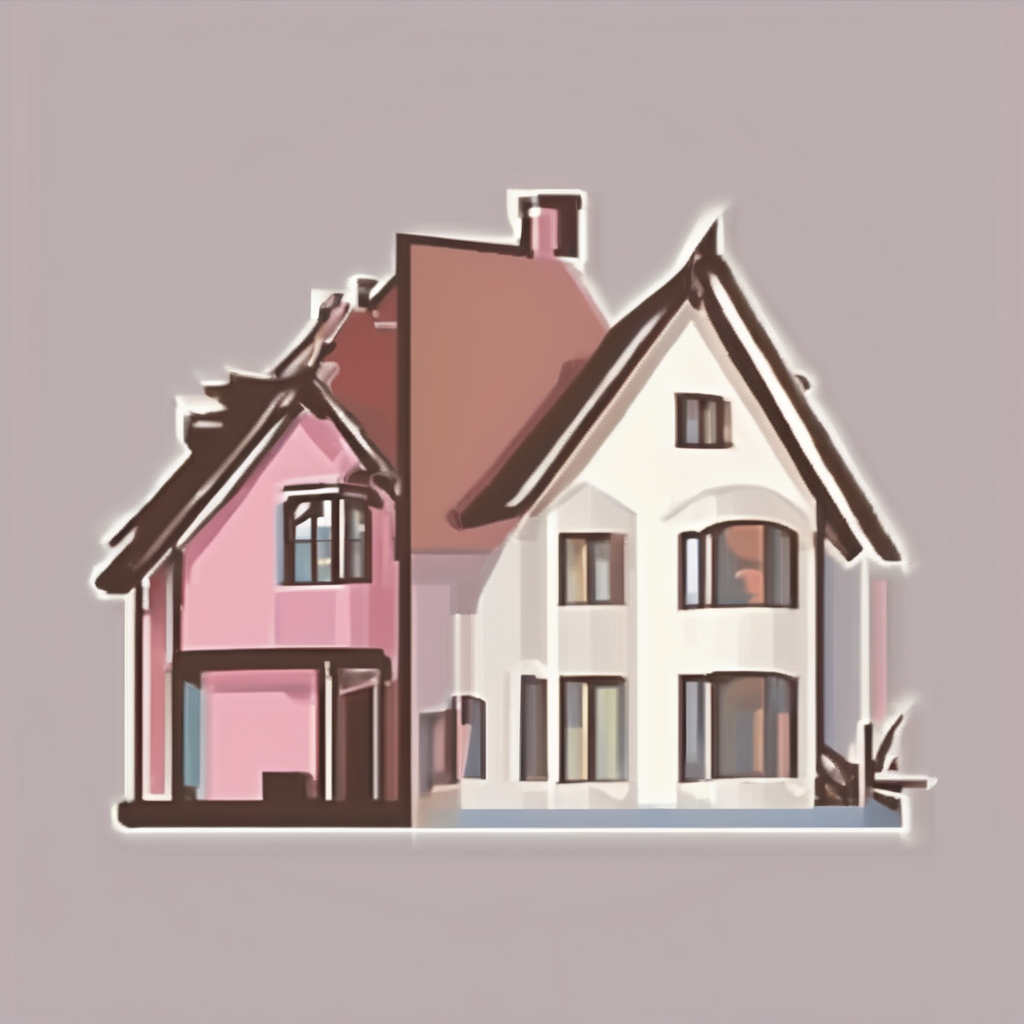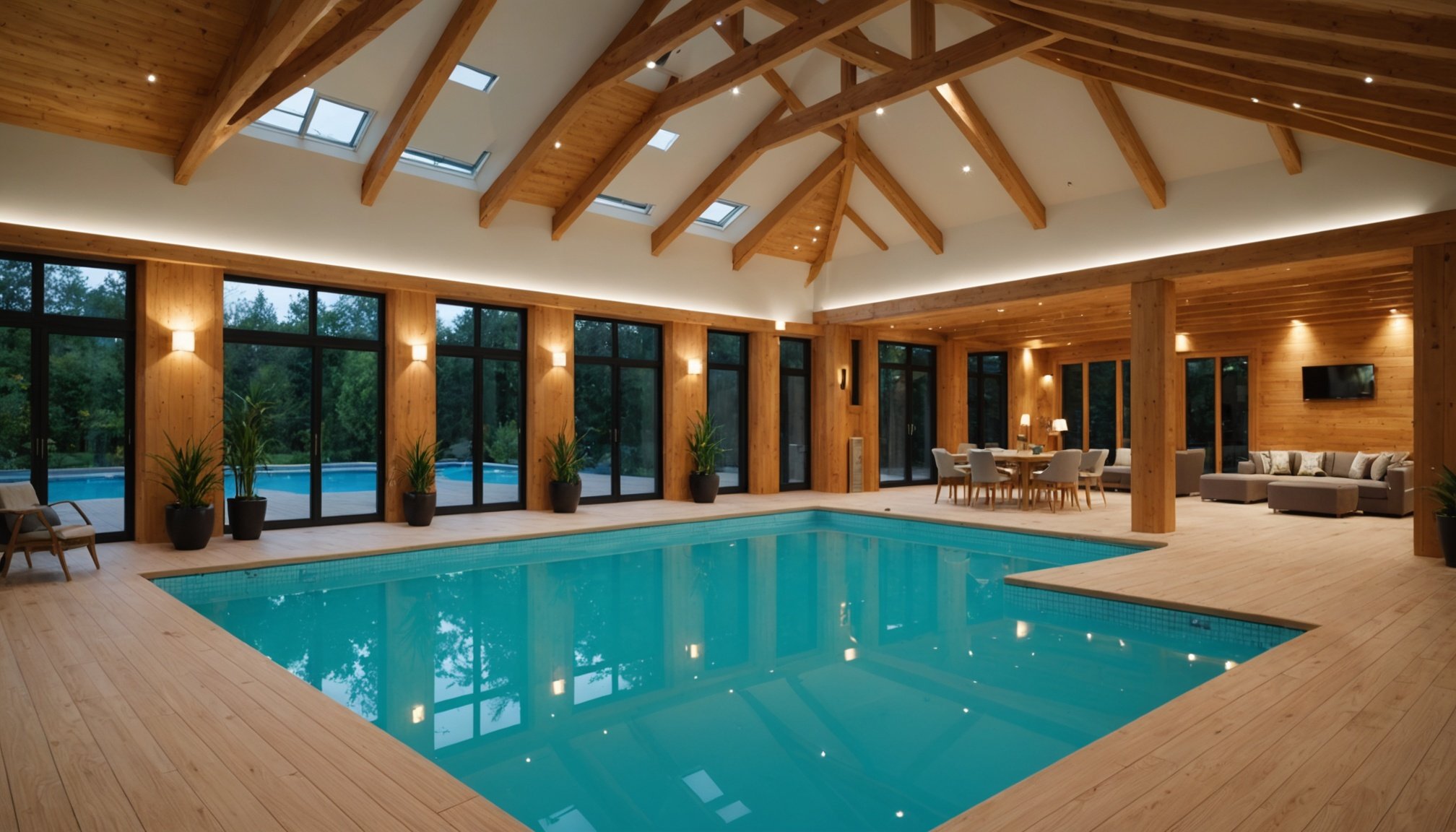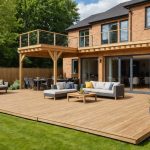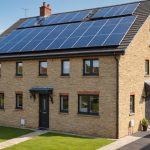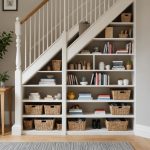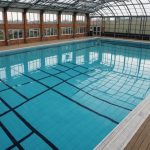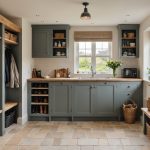Transforming the Soundscape: Tips to Improve the Acoustic Atmosphere of Your Indoor Swimming Pool at Home in the UK
Understanding the Importance of Soundscape in Indoor Environments
When it comes to creating a welcoming and functional indoor swimming pool at home, the acoustic atmosphere often takes a backseat to visual and functional aspects. However, the soundscape of your pool area can significantly impact the overall experience, affecting everything from relaxation to safety. Here, we delve into the world of soundscapes and provide practical tips on how to improve the acoustic environment of your indoor swimming pool.
What is Soundscape Ecology?
Soundscape ecology, a relatively new field of study, focuses on the analysis of sound in various environments. This concept is crucial in understanding how different sounds interact within a space, such as an indoor swimming pool. According to research, soundscape ecology involves “the study of sound in landscapes based on an understanding of the physical and biological sources of sound, and the way these sounds are perceived by humans and other animals”.
A découvrir également : Top Strategies for Integrating Sustainable Technologies into UK Swimming Pools
Assessing Your Current Soundscape
Before you can improve the soundscape of your indoor swimming pool, you need to understand what you’re working with. Here are some steps to assess your current acoustic environment:
Identify Sound Sources
- Mechanical Noise: Pumps, filters, and heating systems can generate significant noise.
- Human Activity: The sounds of people swimming, talking, and playing.
- External Noise: Sounds from outside the pool area, such as traffic or neighboring rooms.
- Music and Entertainment: Any music or audio playing in the pool area.
Measure Sound Levels
Use a sound level meter to measure the decibel levels in different parts of the pool area. This will help you identify areas with high noise levels and areas that are relatively quiet.
Cela peut vous intéresser : Maximize Efficiency: Essential Tips for Utilizing Swimming Pool Heat Pumps in the UK
Hypothesis and Impact Assessment
Formulate a hypothesis about how different sound sources might be impacting the overall soundscape. For example, you might hypothesize that the mechanical noise from the pumps is the primary source of disturbance. Conduct an impact assessment to see how these sounds affect the users of the pool.
Tips to Improve the Acoustic Atmosphere
Improving the soundscape of your indoor swimming pool involves a combination of noise control, sound enhancement, and careful design.
Noise Control
- Acoustic Panels: Install acoustic panels on walls and ceilings to absorb sound waves and reduce echo.
- Material: Use materials like foam, fiberglass, or mineral wool.
- Placement: Position panels in areas where sound tends to bounce around the most.
- Soundproofing: Ensure that the pool area is well-insulated to prevent external noise from entering and internal noise from escaping.
- Seal Gaps: Seal any gaps around doors and windows.
- Insulation: Use soundproofing materials in the walls and ceiling.
Enhancing the Soundscape
- Music and Nature Sounds: Introduce calming music or natural sounds like white noise or ocean waves to create a more relaxing environment.
- Speakers: Install waterproof speakers that can withstand the humid environment of the pool area.
- Volume Control: Ensure the volume is at a comfortable level to avoid disturbing swimmers.
- Soundscapes for Different Times: Create different soundscapes for different times of the day or activities. For example, a more energetic playlist for workout sessions and calming music for relaxation.
Practical Tips and Examples
Here are some practical tips and examples to help you transform the soundscape of your indoor swimming pool:
Creating a Calming Environment
- Nature-Inspired Sounds: Use a sound system to play nature-inspired sounds such as rain, waves, or forest sounds. This can create a calming and natural ambiance.
- Example: The Serpentine Pavilion 2024 features a soundscape that incorporates sounds from nature and human activities, which could be a great inspiration for your pool area.
Using Technology
- Smart Sound Systems: Invest in smart sound systems that can adjust sound levels and types based on the time of day or the activity being performed.
- Example: The Glass Mill Leisure Centre in Lewisham features a lighting display that changes in line with the surrounding soundscape, which could be adapted for sound systems as well.
Design Considerations
- Open Plan vs. Segmented Spaces: Consider whether an open plan or segmented spaces would better suit your needs. Open plan areas can sometimes lead to a more chaotic soundscape.
- Example: The Serpentine Pavilion 2024 uses a unique void surrounded by smaller, adaptable structures, which could be an innovative way to segment your pool area while maintaining an open feel.
Detailed Checklist for Improvement
Here is a detailed checklist to help you improve the soundscape of your indoor swimming pool:
Initial Assessment
- Identify all sound sources in the pool area.
- Measure sound levels in different parts of the pool.
- Formulate a hypothesis about the impact of each sound source.
Noise Control Measures
- Install acoustic panels in strategic locations.
- Seal any gaps around doors and windows.
- Insulate the pool area to prevent external noise.
Sound Enhancement
- Install waterproof speakers.
- Create different playlists for different times of the day or activities.
- Introduce calming music or nature sounds.
Design Adjustments
- Consider segmenting the pool area to reduce echo and improve sound quality.
- Use sound-absorbing materials in the design of the pool area.
Table: Comparing Different Sound Control Methods
| Method | Description | Effectiveness | Cost |
|---|---|---|---|
| Acoustic Panels | Absorb sound waves to reduce echo | High | Moderate to High |
| Soundproofing | Insulate the pool area to prevent external noise | High | High |
| Waterproof Speakers | Play calming music or nature sounds | Medium | Moderate |
| Segmented Spaces | Divide the pool area to reduce sound travel | Medium | Low to Moderate |
| Smart Sound Systems | Adjust sound levels and types automatically | High | High |
Quotes and Insights
-
“The addition of Glass Mill to our Lewisham portfolio of first-rate facilities provides Fusion Lifestyle with an unbeatable platform to further extend the scope and reach of our services,” said Pete Kay, Fusion Lifestyle Chief Executive. This emphasis on creating a comprehensive and enjoyable environment can also be applied to the soundscape of your pool area.
-
“Soundscape ecology involves the study of sound in landscapes based on an understanding of the physical and biological sources of sound, and the way these sounds are perceived by humans and other animals,” highlights the importance of understanding and managing the soundscape in any environment, including your indoor swimming pool.
Transforming the soundscape of your indoor swimming pool is not just about reducing noise; it’s about creating an environment that enhances the overall experience. By understanding the sources of sound, implementing noise control measures, and enhancing the soundscape with music and natural sounds, you can create a space that is both relaxing and functional.
Remember, the key to a great soundscape is balance. You want to ensure that the sound level is comfortable, the sound quality is good, and the environment feels welcoming. With these tips and a bit of creativity, you can turn your indoor swimming pool into a haven that you’ll love spending time in.
